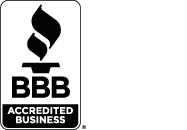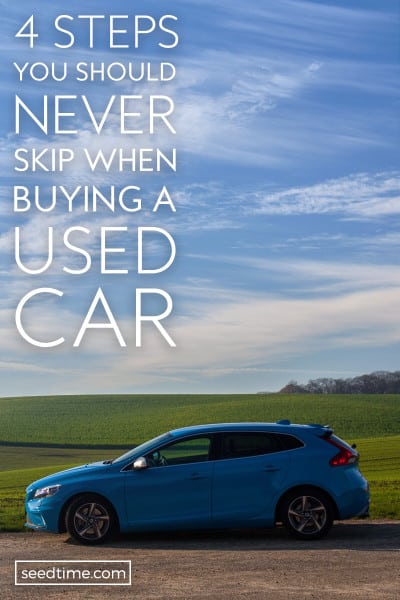
Buying a used car is definitely the best way to get the most car for your money. Used cars depreciate much more slowly than new cars.
However, purchasing a used car can be stressful. Did the previous owners take care of the car? Has it been in a wreck? Are there any recalls on the car?
Since most used car sales come without a warranty, it’s best to minimize the risks of driving off in a lemon.
Fortunately, there are a few things you can do to ensure your used car purchase is a good one.
4 Steps to Take Before Buying a Used Car
You’ve been looking at cars for what seems like forever. You’ve finally got it narrowed down to one or two.
Before you plunk down your hard earned cash, make sure you do the following. You’ll be glad you did.
1. Check the Car’s Ratings on Consumer Reports

Consumer Reports can give you a wealth of information on any used car you are considering.
Look up the specific make and model of the car, and Consumer Reports will provide you with a chart telling you how the car performs across all areas, compared to other cars.
When my husband and I were shopping for cars last week, the dealer showed us a Ford Fusion. Now, I’m a Honda and Toyota gal, so I was skeptical. But when we looked the Ford Fusion up on Consumer Reports, we found that it actually has great reliability ratings.
The reliability report also details problem areas that might need to be fixed, and it lists recalls that have been issued for the car you are considering.
You can get a Consumer Reports online subscription for $6.95 a month, and you can cancel anytime. Spending $6.95 to check out the overall reliability ratings of a car is well worth it.
The Consumer Reports ratings only cover cars as old as 2006 models, so if you’re buying a car older than that, skip this step.
2. Run a CARFAX Report
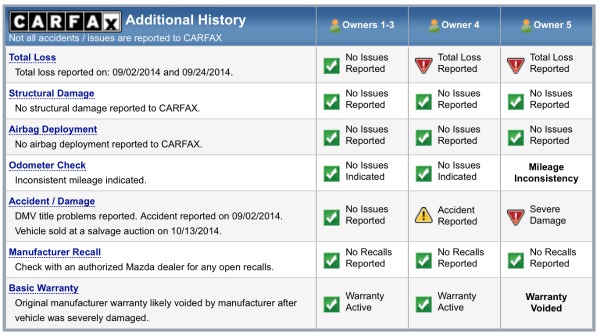
A CARFAX report is my favorite used car-buying tool, and I would never purchase a used car without one.
CARFAX tracks cars by VIN and records a multitude of car events: registration renewals, sales of the vehicle, service performed at a dealership, accidents, and even stolen vehicles.
A CARFAX report can show you how many previous owners a car has had and whether those owners took good care of the car. It tells you how many miles the car averaged each year.
It will also alert you to mileage inconsistencies, recalls, and liens on the vehicle.
It was a CARFAX report that saved us from buying a potential problem car from a friend. He was trying to sell an older car with very good mileage. After I ran the CARFAX report, however, it became apparent that the mileage was actually much higher than what was on the odometer — which had been reset before our friend bought the car.
We shared the report with our friend, and it surprised him a lot. We also didn’t buy the car.
The moral of the story is a CARFAX report can help even if you’re buying a car from a trustworthy party. They may not know the entire history of the car, as was the case with our friend.
CARFAX reports run $39.99 for one report, $49.99 for 5, or $54.99 for unlimited reports run by license plate (a great option if you’re shopping private party sales).
Some car dealerships will provide you with a free copy of the CARFAX report, so ask before you buy one on your own. Other dealerships use AutoCheck, which provides much the same information as CARFAX, but it’s not as detailed.
If a dealership offers me a free AutoCheck report, I may use it to eliminate a car from consideration. But if I’m serious about buying a car, I will still run a CARFAX report for peace of mind.
3. Have Your Mechanic Look it Over
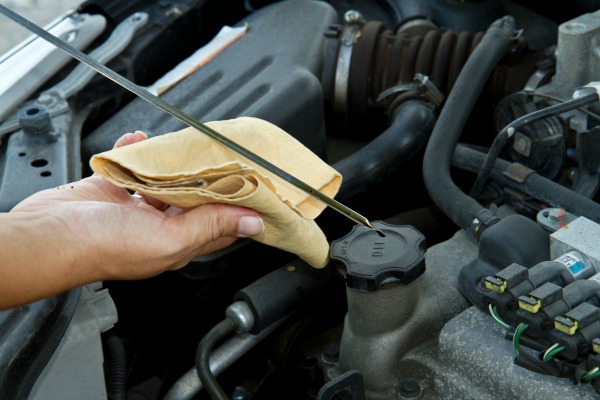
Never buy a used car without having your mechanic check it over. Unless you work on cars yourself, you might be missing big hidden problems.
A private seller or dealership might try to assure you that the car has been checked over and is in pristine working condition. But the seller has a vested interest in leading you to believe the car is perfect — they want to sell you the car!
An independent mechanic can tell you whether the car looks well taken care of. He can alert you to potential maintenance issues that will need to be addressed soon.
You can use this information to negotiate a fair price for the vehicle. More knowledge equals more negotiation power.
Be wary of a seller who balks at the idea of having the car checked out by your mechanic. An honest seller will want you to be happy with your purchase.
4. Check the Kelly Blue Book Value of the Car
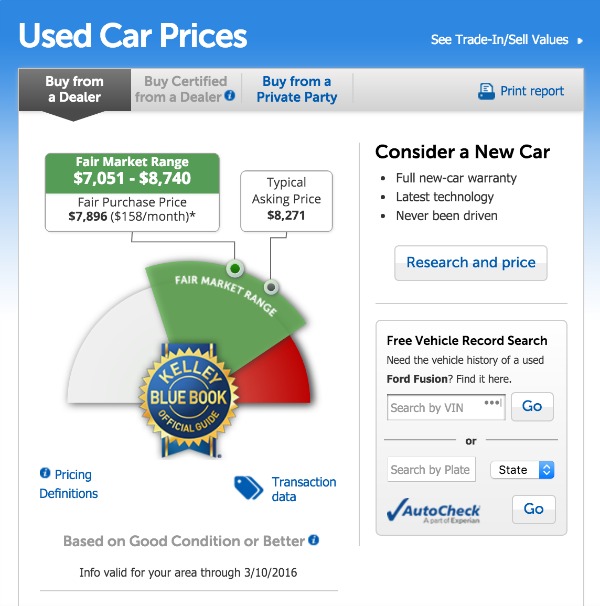
You’ve done your homework. You know you’re buying a historically reliable car. You’ve checked the car’s history. Your mechanic has told you the car is in good shape.
You’re ready to make an offer.
Make sure you don’t pay too much. Before making an offer on that used car, there’s one more thing you should do. Check the Kelly Blue Book value of the car.
When you go to the Kelly Blue Book website, you can input the year, make, and model of the car you want to purchase. You can even add additional options, like leather seats, an automatic transmission, and a sunroof to get a more accurate picture of what the car is worth.
Finally, choose whether you want to purchase the car from a dealer or a private party, and Kelly Blue Book will give you a range of typical prices for that car.
Use that number, alongside any additional research you’ve done, to negotiate the price of your car.
It’s hard to drop thousands of dollars on a single purchase like a car. But after following the above steps, my husband and I recently purchased that Ford Fusion we checked out, and we haven’t had second thoughts.
We know the car has a good history and a good reliability report. We know the car is in sound condition, and we’re confident we paid a fair price.
While it’s impossible to know what the future holds for our new-to-us car, we have done all we can to get the best-used car value for our money. And that’s all we can ask for.
Linda and I continue this conversation in the video below where we debate the “new car smell” and talk about why we continue to buy used cars.



